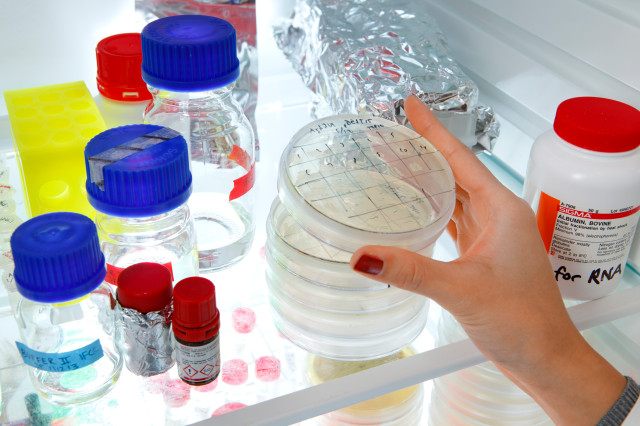The basic circuitry in transcription regulation,
and other biological networks, including examples.
The principle of robustness in biological systems
of control.Kinetic proofreading and other
error-correcting mechanisms in biological
information-processing. Principles of kinetic
equations in gene regulatory modelling. Motifs
in biological and other networks.
DD2398 Quantitative Systems Biology 7.5 credits
This course has been discontinued.
Decision to discontinue this course:
No information inserted
Information per course offering
Course offerings are missing for current or upcoming semesters.
Course syllabus as PDF
Please note: all information from the Course syllabus is available on this page in an accessible format.
Course syllabus DD2398 (Autumn 2009–)Content and learning outcomes
Course contents
Intended learning outcomes
After the course the student should be able to
* formulate mathematical models of gene regulatory networks on the level of kinetic equations
* simulate such systems and compare to experimental
data
* discuss network properties in genomic data
* compute simple graph theoretical properties of such data
so that they will be able to
* independently construct computer programs that
model melecular mechanisms of gene regulation
* in professional life identify biological problems
that a sufficiently well describe that mathematical
modeling and simulation could be of added value
Literature and preparations
Specific prerequisites
Single course students: 90 university credits including 45 university credits in Mathematics or Information Technology. English B, or equivalent.
Literature
Uri Alon, 2007
An Introduction to Systems Biology: Design Principles of Biological Circuits
Chapman & Hall/CRC Mathematical and Computational Biology Series
ISBN-10: 1-58488-642-0
ISBN-13: 978-158488-642-6
Examination and completion
Grading scale
Examination
- TEN1 - Examination, 5.0 credits, grading scale: A, B, C, D, E, FX, F
- LAB1 - Laboratory Work, 2.5 credits, grading scale: P, F
Based on recommendation from KTH’s coordinator for disabilities, the examiner will decide how to adapt an examination for students with documented disability.
The examiner may apply another examination format when re-examining individual students.
If the course is discontinued, students may request to be examined during the following two academic years.
Students will have one opportunity to correct every iuncorrectly executed homework assignment until the individual examination on the course start, no longer however than until three weeks after the last lecture in the course. Other possibilities and modalities to be examined on the course to be discussed with the examiner in each case.
In this course all the regulations of the code of honor at the School of Computer science and Communication apply, see: http://www.kth.se/csc/student/hederskodex/1.17237?l=en_UK.
Other requirements for final grade
Four homework assignments give one grade point per
correctly executed assignments. For the highest grade, four correctly executed assignments and an individual examination are required.
The individual examination is conducted by the examiner with one assistant under at least 30 minutes and at most 60 minutes per student.
Examiner
Ethical approach
- All members of a group are responsible for the group's work.
- In any assessment, every student shall honestly disclose any help received and sources used.
- In an oral assessment, every student shall be able to present and answer questions about the entire assignment and solution.